On March 21-22, 2025, the first ever Creation Reformation Conference was held in Springfield, Massachusetts. Organized by our very own Jake Ramgren, the goal of this conference is to bring creation science to New England. Jake told me that there’s very little young-earth creationist presence in this area. He hopes that this conference will begin to change that.
I made the trip from St. Louis for this conference to represent the New Creation blog and enjoy the excellent speaker line-up. I wasn’t disappointed. Jake Ramgren and Ivan Kirpichev (founder of Bible Adventure Land in Springfield) were joined by Dr. Marcus Ross (featured in Is Genesis History?), Dr. Stephen Lloyd (Biblical Creation Trust), and Helmut Welke (Midwest Creation Fellowship).
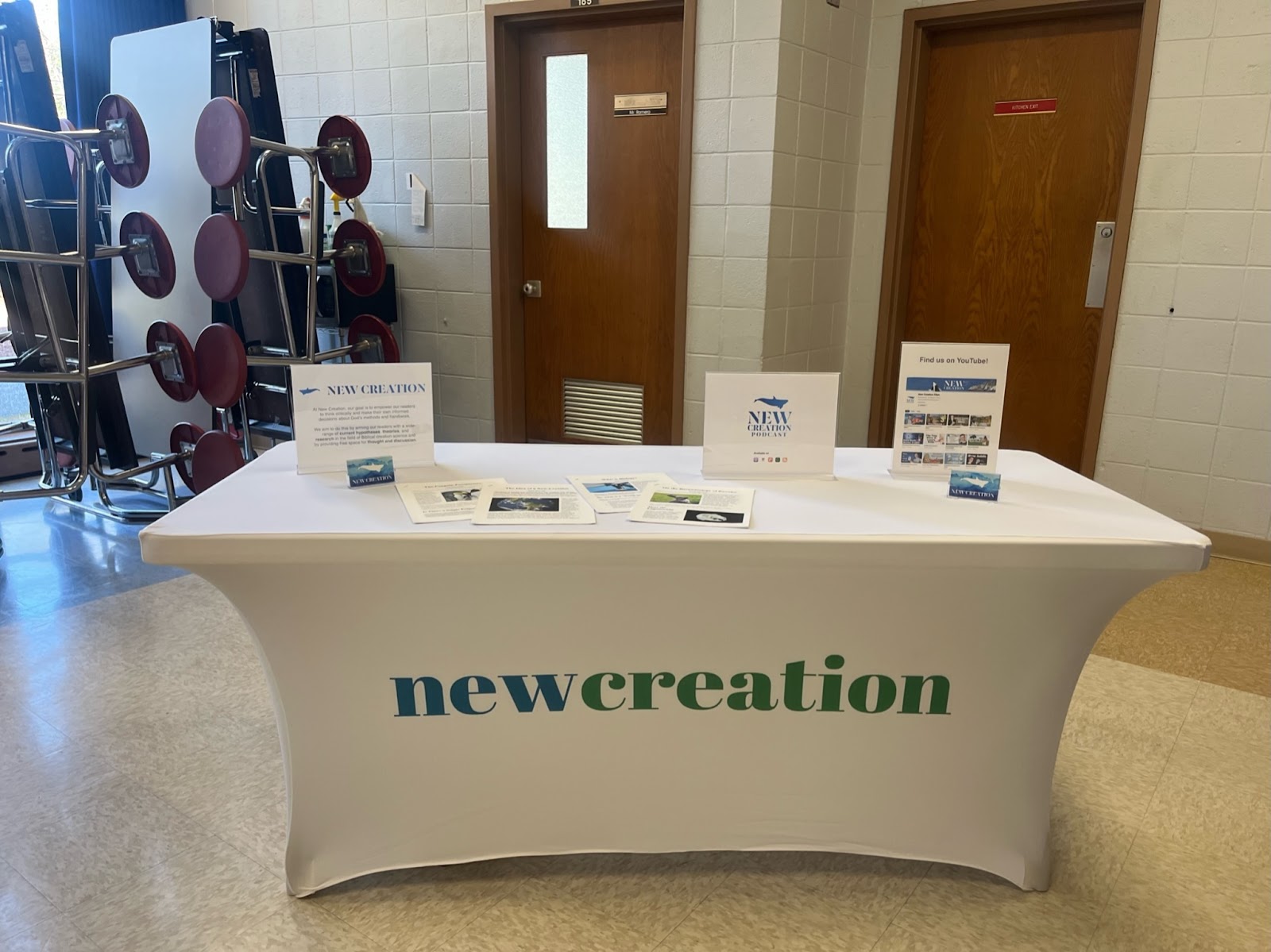
Helmut Welke opened the conference with a presentation on the events of Creation Week. He gave a helpful critique of the gap theory, framework hypothesis, and day-age theory, explaining how the narrative of Genesis 1 doesn’t allow for a strictly poetic or metaphorical interpretation. Helmut’s second presentation on Saturday dealt with the topic of genetic entropy, or the deterioration of the genome over time. He contrasted the expectation we’d get from the Bible —of Adam and Eve having perfect genes, which, after the Fall, has declined ever since— with the secular model that says that a simpler genome has progressively evolved to include more information and to be more genetically rich. He then discussed the evidence for genetic entropy, which confirms his young-earth model.
Ivan Kirpichev gave a fascinating presentation on local New England geology. The Connecticut River lies in a rift valley, where the North American plate pulled apart during plate tectonic activity in Noah’s Flood. This rift allowed magma to erupt onto the surface, creating flood basalts, which are also interspersed with layers of sediments eroded from the mountains in the vicinity. Ivan gave us a model for understanding the formation of the Connecticut River rift valley, as well as the sediment deposits within the valley, in the context of Noah’s Flood.
Jake Ramgren’s presentation focused on speciation after Noah’s Flood. How we got from “two of every kind” of land animal on Noah’s Ark to the amazing biodiversity of today is a big question for young-earth creationists. Jake didn’t try to give a specific answer to how speciation happens rapidly after the Flood, but rather illustrated from recent conventional research that speciation can indeed occur quickly with the right environmental conditions. From Darwin’s finches and tortoises in the Galapagos, to blind cavefish and salamanders in Texas, we see examples in our modern era of new species forming quickly. The major factors leading to this “adaptive radiation,” or rapid speciation, are descriptive of the environment immediately after Noah’s Flood.
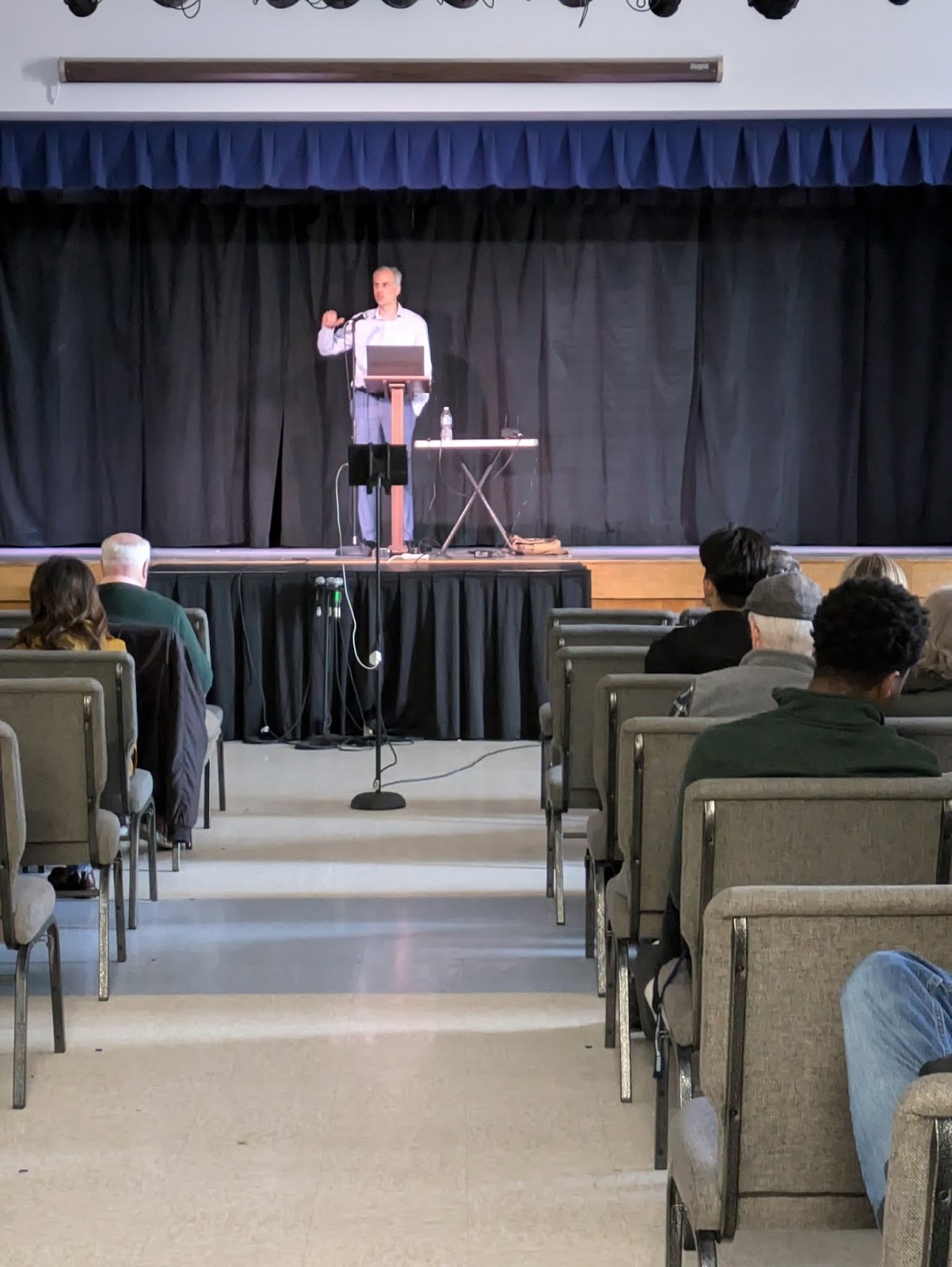
Dr. Marcus Ross gave us a deep dive into all things dinosaur during his first session, Dinosaurs Demystified. Questions such as: “What makes a dinosaur, a dinosaur?” ”What are the different classifications of dinosaurs?” and “Did some dinosaurs have feathers?” were all addressed in this engaging presentation. His second presentation on the historicity of Adam was an informative preview of the new book Perspectives on the Historical Adam and Eve: Four Views, in which Dr. Ross represented the young-earth perspective of Adam and Eve.
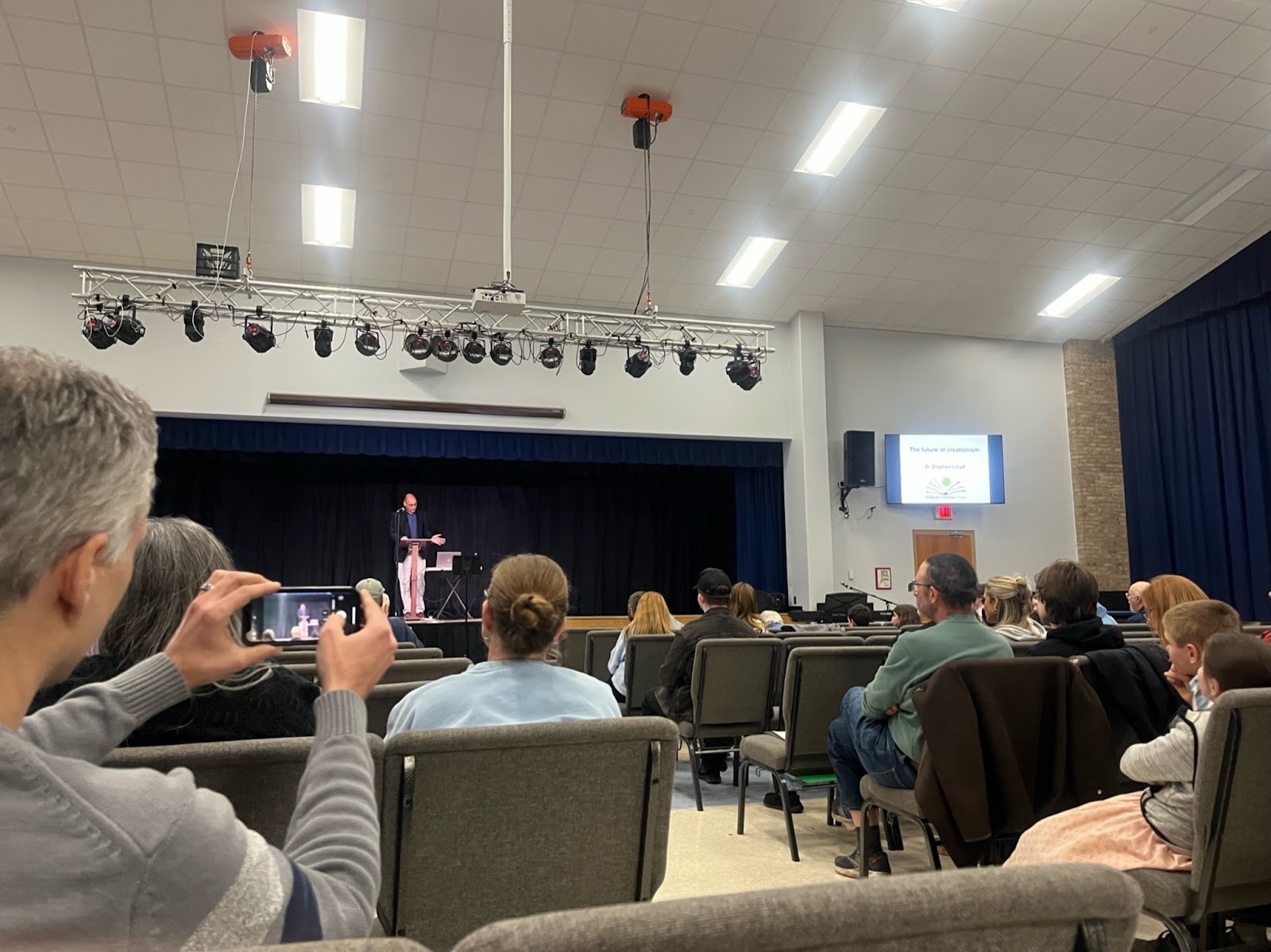
Dr. Stephen Lloyd gave a powerful presentation on the theological relevance of creationism. Based on his article, “A Case for Chronological Creationism,” Dr. Lloyd demonstrated how the central question of the creation/evolution debate is: Why did Jesus have to die? If physical death predates sin, then the physical incarnation, death, and resurrection of Jesus lose their meaning. This is the idea of chronological creationism: the order in which sin and death entered the world has critical implications for Christian theology. Dr. Lloyd also introduced us to the Biblical Creation Trust’s current project, Cambridge House.
After the conference, Ivan Kirpichev gave the speakers and I a tour of Bible Adventure Land, which is a small Bible museum that he opened a couple of years ago outside of Springfield. Then, on Sunday, Jake treated Dr. Lloyd and I to a creation tour of the Springfield Science Museum by Jake.
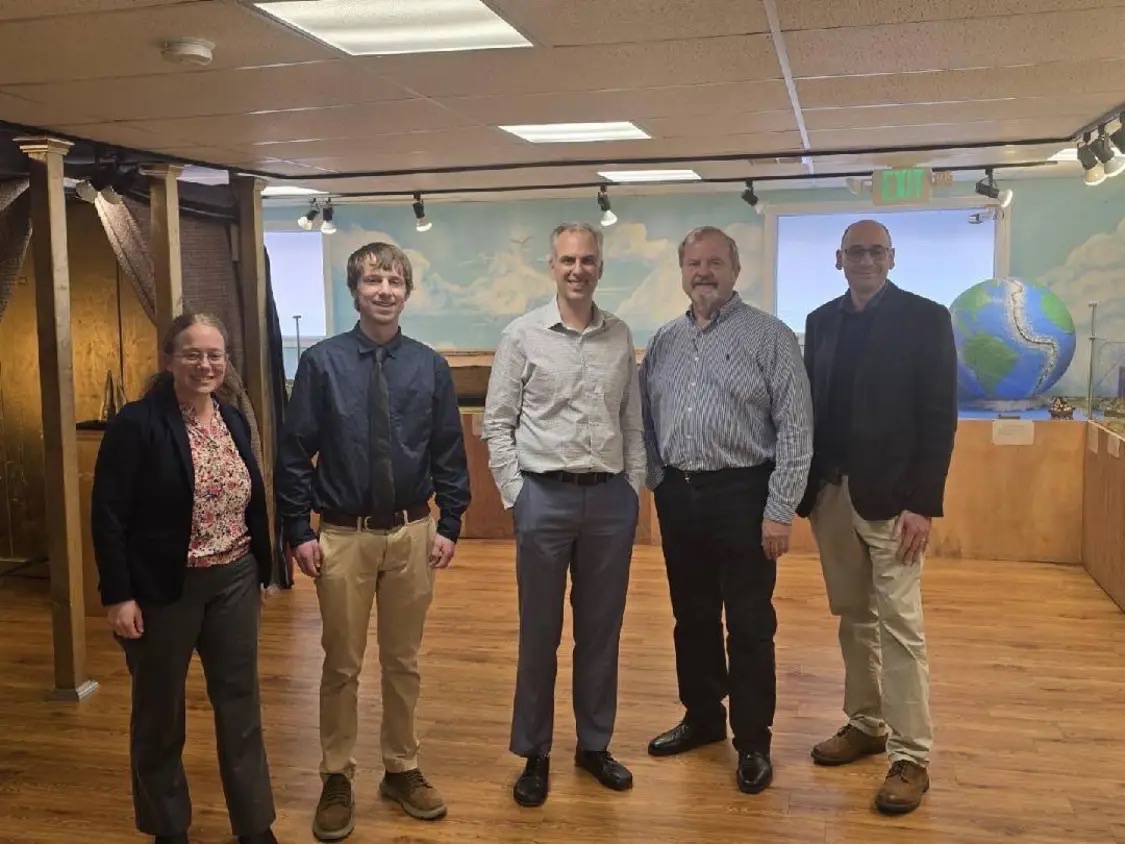
It was encouraging to witness the beginning of a new effort to introduce creation science to a part of the country where it doesn’t have much exposure. The 2025 Creation Reformation Conference was a great success, and I’m already looking forward to next time.

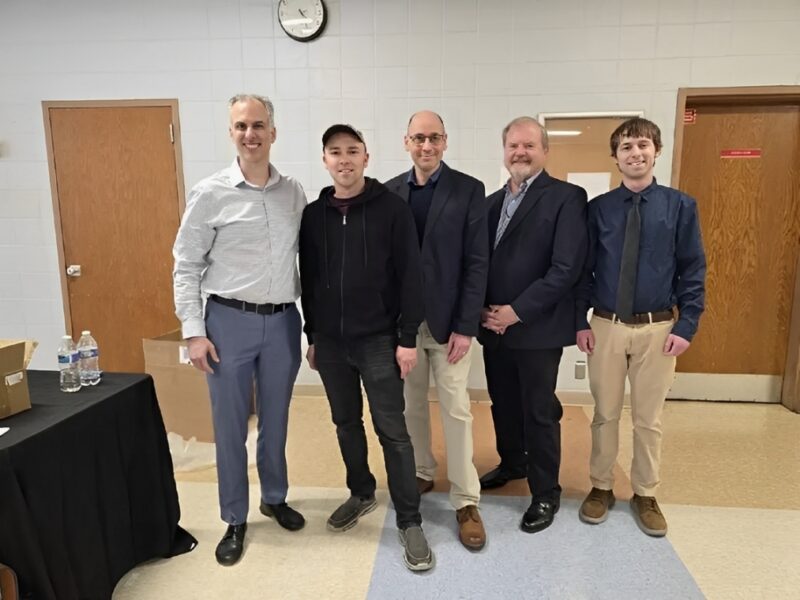

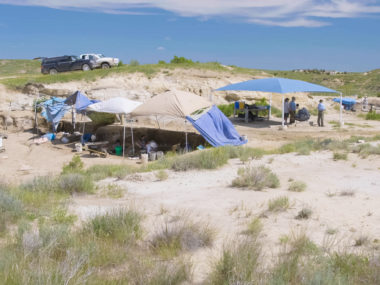

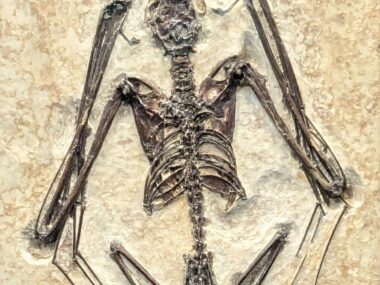






Lord bless from Canada. New England was settled by evangelical protestants who would insist the bible is Gods word and all humans don’t presume to deny it. Its great to start a intellectual upstart there. make it worthwhile and and make it worthy of creationists interest and resources.
oh I am soooooo sorry I missed this ! I live 15 mins from Springfield MA and had no idea .. am a believer and yes indeed, New England , as we say, is a tough nut to crack ! but not impossible for our God .. THANK YOU all for coming and I hope you come back ! Cherrie B